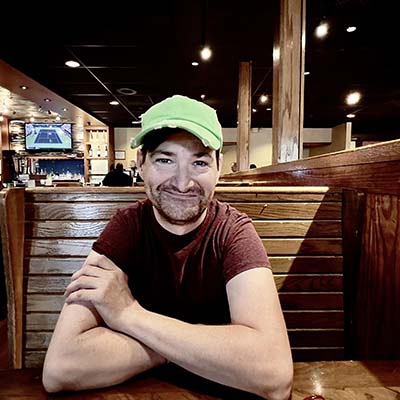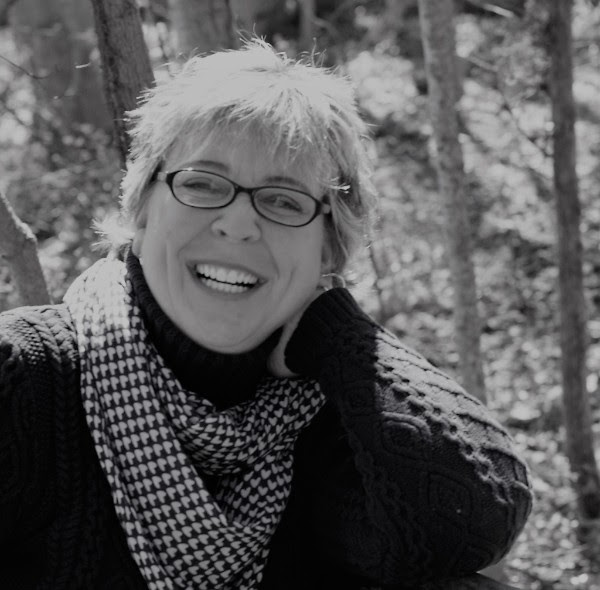What is anxiety?
Anxiety is an emotion of an unpleasant state of inner turmoil, often accompanied by nervous behaviour, such as pacing back and forth, abnormal feelings in the body (stomach or chest pains), and rumination, which is the inability to control what we are thinking about or having one set of thoughts stuck in your head. It includes feelings of worry about events or activities that are coming up and may include fears, such as the fear of dying.
Fear is the emotional response to a real or perceived imminent threat, whereas anxiety is experienced in response to a future threat. Fear and anxiety can overlap. They are ‘adaptive’, meaning they change in response to what is going on in our environment.
Symptoms of anxiety often include muscle tension, restlessness, fatigue, dizziness, heart palpitations, sweating, irritability, headaches, unexplained pains, Sleep issues or problems with concentration.
Anxiety can be appropriate in many circumstances. It’s natural to feel anxious in stressful situations. But, when experienced regularly, without events, and if it significantly impacts a person’s day-to-day function, or if they avoid doing activities because of it, they may have an anxiety disorder.
Types of Anxiety Disorders
There are different anxiety disorders. These include:
Specific phobias
- Social anxiety disorder
- Generalized anxiety disorder
- Panic disorder
- Agoraphobia
Specific phobia involves a heightened fear of an object or situation, such as a fear of dogs or needles or a fear of flying. Social anxiety disorder involves anxiety about interacting with others or being the centre of attention. There is a fear of being judged, embarrassed, or humiliated. Generalized anxiety disorder involves excessive worry about many things, such as work, health and family members. Panic disorders are characterized by sudden, unexpected, recurring episodes of fear along with physical symptoms such as dizziness or trouble breathing. Agoraphobia is a fear of situations that may feel difficult to escape from or where it is hard to find help, such as in crowded places or when on public transport.
Post-traumatic Stress disorder (PTSD) and obsessive-compulsive disorder (OCD) are no longer categorized as anxiety disorders, even though anxiety is a key feature of these conditions.
How is anxiety treated?
Treatment options for anxiety disorders include medication and non-medication treatments. Education about the disorder and treatment options is important; information about self-help resources such as books, websites, and apps may also be helpful.
One psychological approach, cognitive Therapy, or CBT, shows excellent results in treating anxiety disorders; and psychotherapy and medications have about equal results.
Originally Published on https://boomersnotsenior.blogspot.com/
























